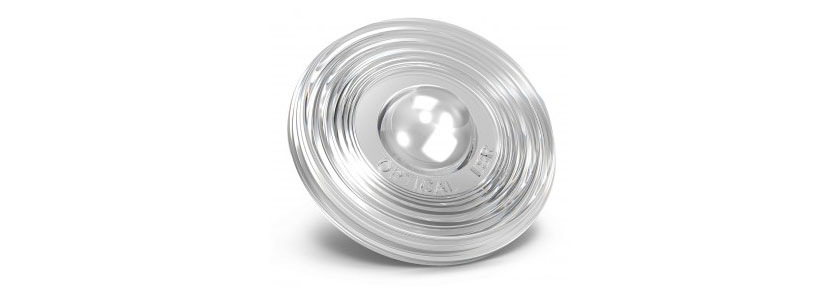

Manufacturers have plenty of materials to choose from when designing parts, but among the most popular and widely used, especially in the medical industry, is liquid silicone rubber (LSR), more commonly and somewhat inaccurately referred to as silicone. That’s because this versatile material is durable yet flexible, soft to the touch, and above all, biocompatible (assuming it’s a medical-grade LSR). For many, it’s the first choice for a wide variety of components.
We’ll dive more deeply into the specifics of LSR shortly, but top of mind for many designers is whether they should plan on plastic injection molding their silicone parts or possibly 3D printing them.
As with so many other manufacturing-related questions, the answer depends on numerous factors, among them production quantity, part geometry, desired accuracy and surface finish requirements, and more. As you’ll see, True Silicone printing has only recently become a reality, with practically all parts (until now) made of elastomers, such as molded TPE, TPU, and LSR materials or 3D-printed TPUs and digital photopolymers.
In this article, we’ll explore the pros and cons of each manufacturing approach, compare the materials available, and attempt to provide some guidance as to which process and materials make the most sense for a given application. We’ll also introduce a relative newcomer to the 3D printing world known as silicone additive manufacturing, or SAM, and offer some information on its use. Read on.

Liquid silicone rubber parts can be translucent, replacing glass in applications where safety is a concern.
In the medical sector, LSR is especially ubiquitous. Thanks to its flexibility, resistance to heat and chemicals, and biocompatibility, medical-grade silicone has long been used for prosthetic devices such as breast and ear implants, as well as orthotics like braces and arch supports. LSR is usually the first choice for intravenous tubing, catheters and shunts, syringes, breathing tubes, and insulin pumps. Wound dressings frequently contain silicone, as do the valve seals and gaskets in medical equipment. Silicone rubber is also quite suitable for wearables and other consumer products—watch bands, for instance, or the soft, squishy covers seen on earbuds and hearing aids. It’s everywhere.
What separates medical-grade LSR from other types of silicone? Not much. The primary difference comes down to how the material is cured during or immediately after the manufacturing process. For instance, commercial LSR uses hydrogen peroxide and high temperatures to permanently cross-link silicone’s polymer chains, which leaves behind acid residues and other by-products that may cause it to fail biocompatibility testing.
Medical LSR, on the other hand, relies on a platinum-based catalyst to cure the LSR, followed by a secondary “baking” or UV-light treatment (depending on the application). This procedure eliminates harmful by-products and makes the product safe for use on, in, or around the human body, although sterilization is still required for most applications.
That last statement is critical. Medical device manufacturers must specify the type of human contact and how long their products will be used if they’re to gain FDA approval. Direct contact is exactly what its name describes but is further defined as limited, prolonged, or permanent. There are also indirect, transient, and non-contact usage levels, all of which are outlined under ISO 10993-1: 2018 and other international standards.
There’s much more to the science of LSR and the qualification steps necessary for any medical part development project, whatever the materials. For now, though, let’s discuss the manufacturing process. As indicated earlier, plastic injection molding is the most common method for making LSR parts, and for good reason. It’s fast, accurate, capable of producing the fine finishes common to medical parts, and very cost-effective in higher production quantities. And there’s the rub.
Still, some medical device firms would prefer to 3D print their prototype and low-volume production parts. Who can blame them? Additive manufacturing (AM) delivers high-quality, end-use components in days and sometimes hours, allowing designers to make multiple design iterations quickly. It also provides greater design freedom than traditional processes, with none of the concerns over flash, voids, and part ejection that can occur with injection molding.
There’s just one thing: LSR is a problem child for most 3D printing technologies. Between its relatively high viscosity and somewhat finicky curing requirements, accurate layer-by-layer deposition has proven difficult to achieve.
Property